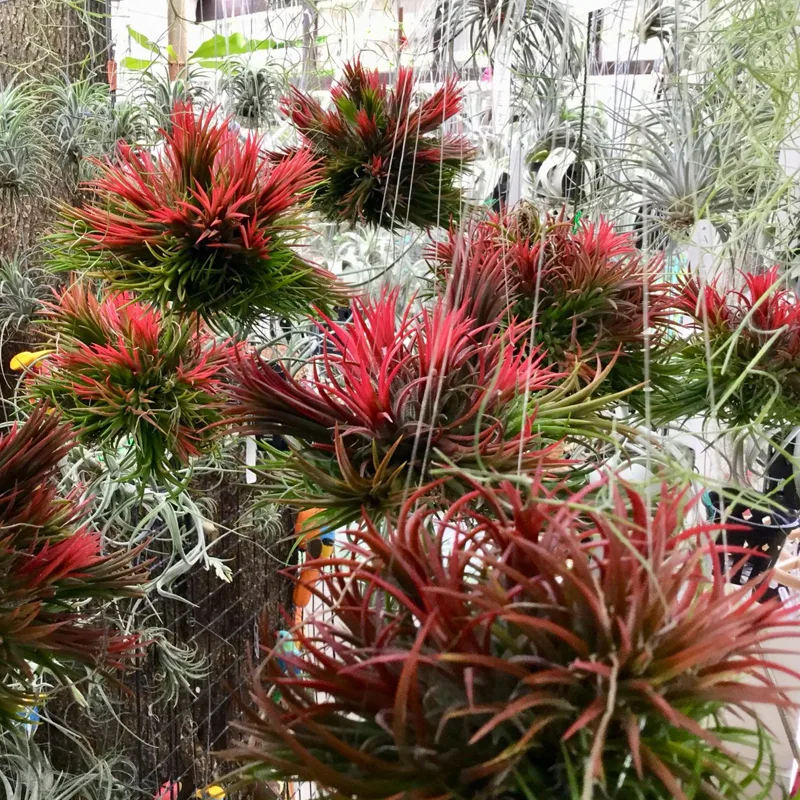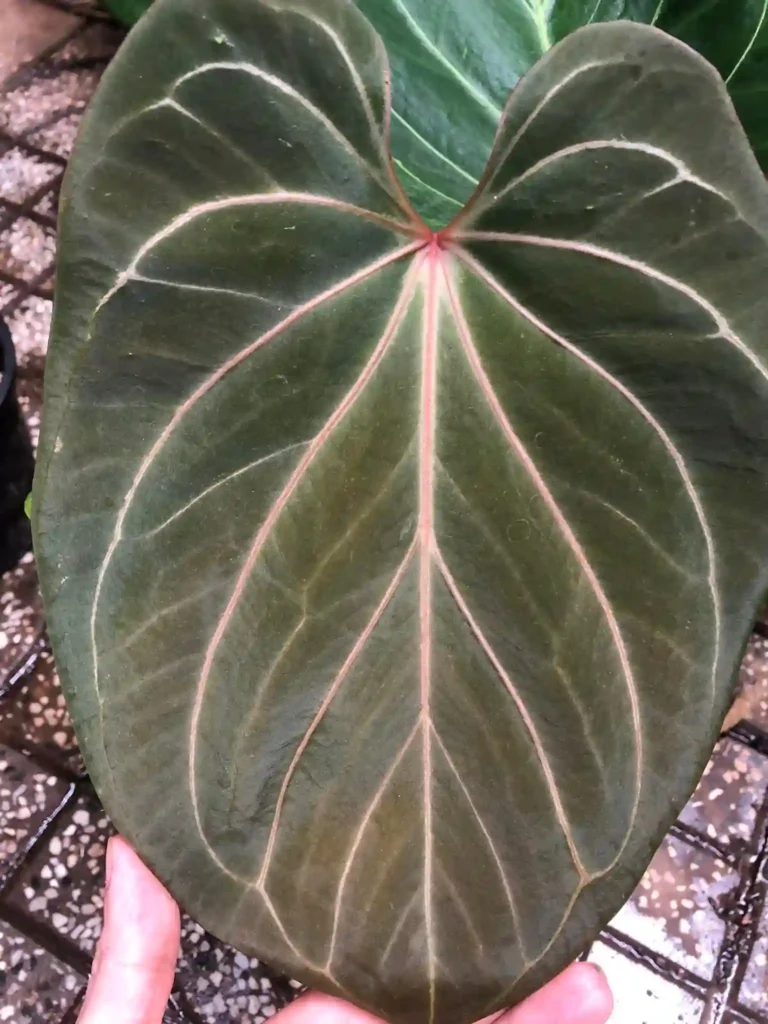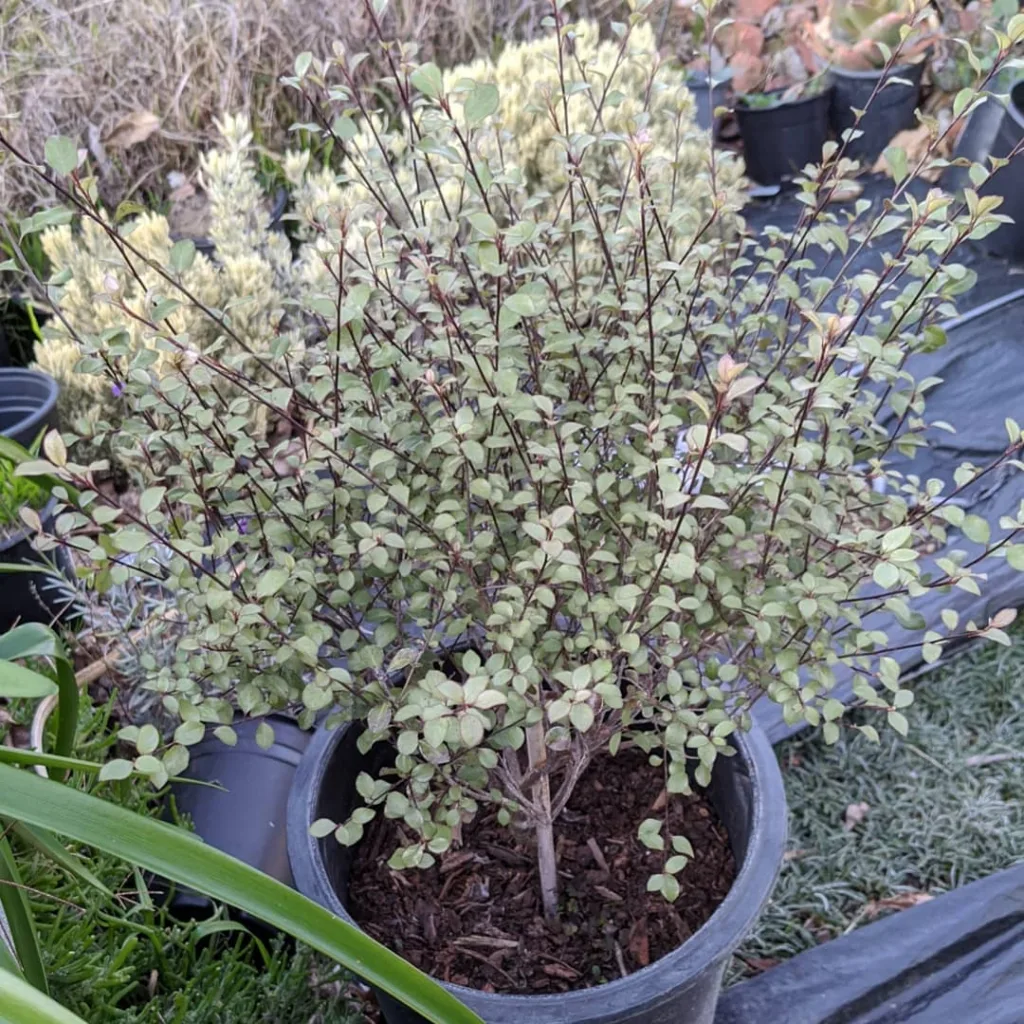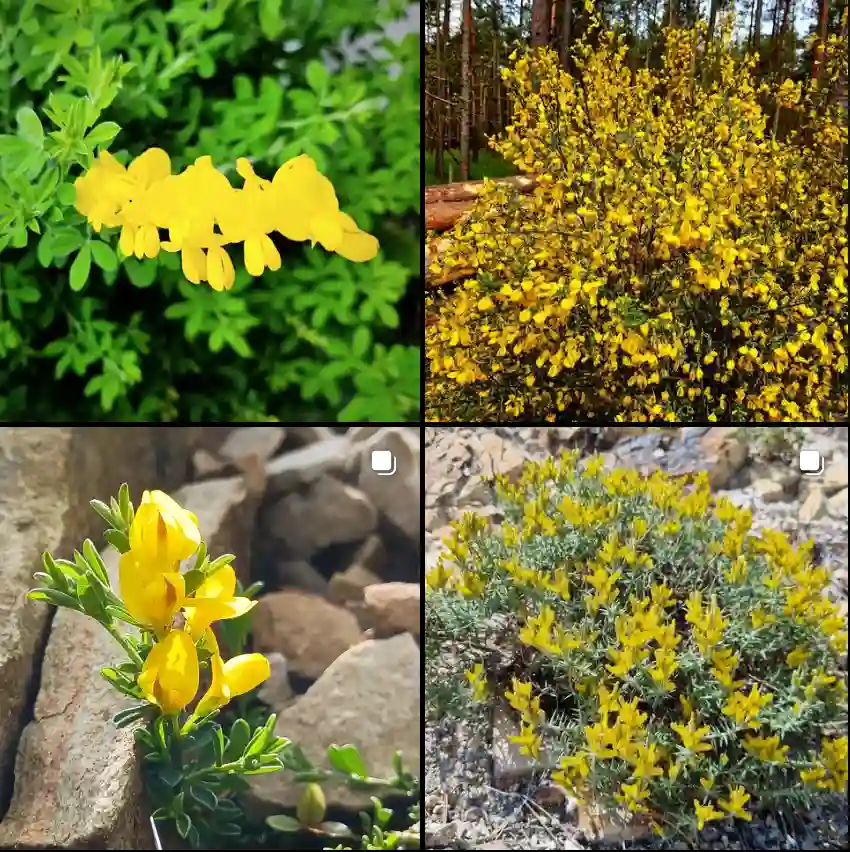FAQs About Apocynum Androsaemifolium
As a plant enthusiast, I’ve come across many fascinating species over the years, and one that has always stood out to me is Apocynum Androsaemifolium, also known as Spreading Dogbane. It’s a native North American plant, prized for its delicate, pinkish flowers and the interesting way it grows. Like any plant, though, it comes with its own set of frequently asked questions, so I’ve put together this guide based on my experiences and research to help others understand how to care for and propagate this beautiful plant.
What Is Apocynum Androsaemifolium?
Apocynum Androsaemifolium is a perennial herbaceous plant that belongs to the Apocynaceae family. Its common name, Spreading Dogbane, gives a hint to its growth habit. It spreads via rhizomes and forms small colonies over time. It typically grows in dry, sandy soil and can thrive in fields, forests, and along roadsides. The plant’s defining features are its delicate, bell-shaped flowers that appear in shades of pink or white during the summer.
Plant Family: 387 Genera in Apocynaceae
One important thing to note is that Apocynum Androsaemifolium has a toxic sap that can cause irritation if handled improperly. It’s also toxic to pets and humans if ingested, which is something to keep in mind if you’re considering growing it in your garden.
Apocynum Androsaemifolium vs Apocynum Cannabinum
One of the most common questions I get is how Apocynum Androsaemifolium differs from Apocynum Cannabinum. Although these two plants are closely related, they have distinct differences.
Apocynum Cannabinum, also called Indian Hemp, has a more fibrous stem, which was traditionally used by Native Americans to make ropes and textiles. It tends to grow taller than Apocynum Androsaemifolium and has smaller flowers that are more greenish in color. While both plants are toxic, Apocynum Cannabinum has been used in traditional medicine for heart-related conditions due to its strong cardiac glycosides.
Apocynum Androsaemifolium, on the other hand, is more commonly grown as an ornamental plant, thanks to its showier blooms and its ability to attract pollinators such as bees and butterflies. I prefer growing Apocynum Androsaemifolium because of its visual appeal and how it integrates into native plant gardens.
How to Care for Apocynum Androsaemifolium?
In my experience, Apocynum Androsaemifolium is relatively low-maintenance as long as it’s planted in the right conditions. It thrives in full sun to partial shade and prefers well-drained, sandy soil. The plant is drought-tolerant once established, so it doesn’t need much watering. I only water it during prolonged dry periods. It’s also hardy in a wide range of climates, from USDA zones 3 to 9, making it a versatile plant for many gardens.
Pruning isn’t really necessary, but I recommend cutting it back after it finishes flowering to encourage new growth and prevent it from becoming too leggy.
How to Propagate Apocynum Androsaemifolium?
Apocynum Androsaemifolium can be propagated through seeds or by division. I find that division is the easiest method, especially if you already have an established colony. In early spring or fall, simply dig up the plant and separate the rhizomes, ensuring that each division has a good number of roots attached. Replant the divisions at the same depth they were growing before, and water them in well. The plant will spread naturally over time, forming new colonies as it grows.
Seeds can also be collected in the fall and sown directly in the garden or started indoors. Keep in mind that seed propagation is a slower method and may take longer to establish a mature plant.
Can You Grow Apocynum Androsaemifolium Indoors?
Apocynum Androsaemifolium is not typically grown indoors because it needs ample sunlight and room to spread. The plant’s natural tendency to colonize and its preference for outdoor conditions make it better suited for gardens or wildflower meadows. That said, I’ve experimented with keeping one in a sunroom where it received full sun for most of the day, and it seemed to do reasonably well. But if you’re looking for an indoor plant, I would recommend exploring other species better suited for pots and low-light conditions.
Is Apocynum Androsaemifolium Toxic?
Yes, Apocynum Androsaemifolium is toxic to both humans and animals. Its milky sap contains compounds that can cause irritation upon contact with skin and more severe symptoms if ingested. I always wear gloves when handling the plant, especially during pruning or propagation. If you have pets or young children, you may want to consider planting it in a less accessible area of your garden.
What Are the Benefits of Growing Apocynum Androsaemifolium?
One of the main benefits of growing Apocynum Androsaemifolium is its ability to attract pollinators, especially bees and butterflies. I’ve noticed an increase in pollinator activity in my garden since adding this plant. Additionally, its drought tolerance and low-maintenance nature make it an ideal choice for those who want a native wildflower that doesn’t require constant attention.
Common Problems with Apocynum Androsaemifolium
From my experience, this plant is fairly resistant to pests and diseases, which is a big plus. The only issues I’ve encountered have been occasional leaf spot and aphid infestations, but both were easily managed. Leaf spot can be prevented by ensuring proper air circulation around the plant and avoiding overhead watering. As for aphids, a simple spray of water or insecticidal soap usually does the trick.
What to Plant with Apocynum Androsaemifolium?
I’ve had success planting Apocynum Androsaemifolium alongside other native species, like Echinacea and Rudbeckia, to create a wildflower meadow feel. These plants all thrive in similar conditions and complement each other well. I find that this combination not only looks great but also enhances the ecological diversity of my garden.
Apocynum Androsaemifolium is a versatile and beautiful plant, ideal for those interested in creating a naturalistic garden. Whether you’re growing it for its aesthetic value or to support local pollinators, it’s a rewarding plant that brings a touch of wild beauty to any landscape.
If i die, water my plants!



